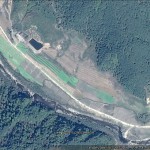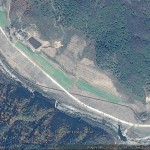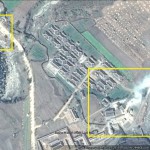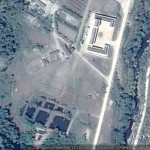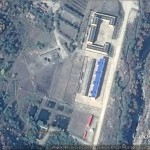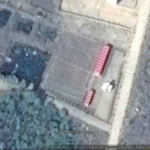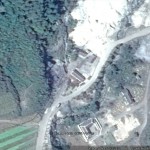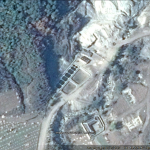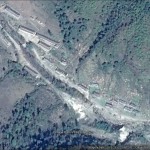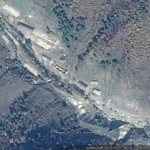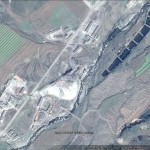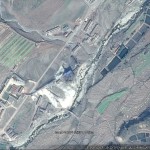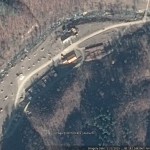According to the Daily NK:
Recently in Yanggang Province, as both Kimjang and the harvest season draw to a close, the price of vegetables and rice has gone down, and with winter right around the corner, fuel prices have begun to rise.
“As we enter in November, the price of vegetables and rice are falling, and with the end of the Kimjang season and the beginning of rice threshing, market prices are fluctuating wildly,” a source in Yanggang Province reported to Daily NK on November 16th. “Families, preparing for winter now that Kimjang (making of kimchi for the season) is over, are using servi-cha for business regularly and the price of oil is also rising accordingly.”
An additional source in the same province corroborated this news.
At the height of Kimjang season in mid-October, cabbage was trading at 1,950 KPW (0.23 USD) per 1 kg, but by the end of October it had dropped to 1,500 KPW (0.17 USD), and now it has dropped further still to reach 900 KPW (0.10 USD) per 1 kg. Rice has also dropped from 5,200 KPW (0.60 USD) to 4,700 KPW (0.55 USD) per kilogram.
As North Korea moves to wrap up its fiscal year, residents who failed to complete their assigned tasks must make payments to fulfill their duty. Those without the money hand over part of the harvest from tending their personal plots to market sellers for cash and turn that in instead. The flood of harvested goods at the markets has thus driven down prices.
Our source tells us that in mid-October, using Hyesan City as the standard, petrol was trading at 6,000 KPW (0.70 USD) per kilogram and diesel fuel at 4,000 KPW (0.47 USD) per kilogram. But since the beginning of November the prices increased to 7,000 KPW (0.81 USD) for petrol and 4,500 KPW (0.52 USD) per kilogram for diesel. In mid-November prices have increased to 7,300 KPW (0.85 USD) per kilogram for petrol and 5,250 KPW (0.61 USD) per kilogram for diesel.
As the icy winter draws closer, hot foods are selling particularly well and the price of potato noodles, corn noodles, and others are more expensive compared to last year. Last year a small bowl of noodles was 1,000 KPW (0.12 USD) while a large bowl cost 6,000 KPW (0.70 USD); this year, small bowls of noodles are selling better than large bowls at a cost of 1,500 KPW (0.17 USD).
Read the full story here:
Veg, rice prices fall on back of ‘kimjang’
Daily NK
Kang Mi Jin
2015-11-17

